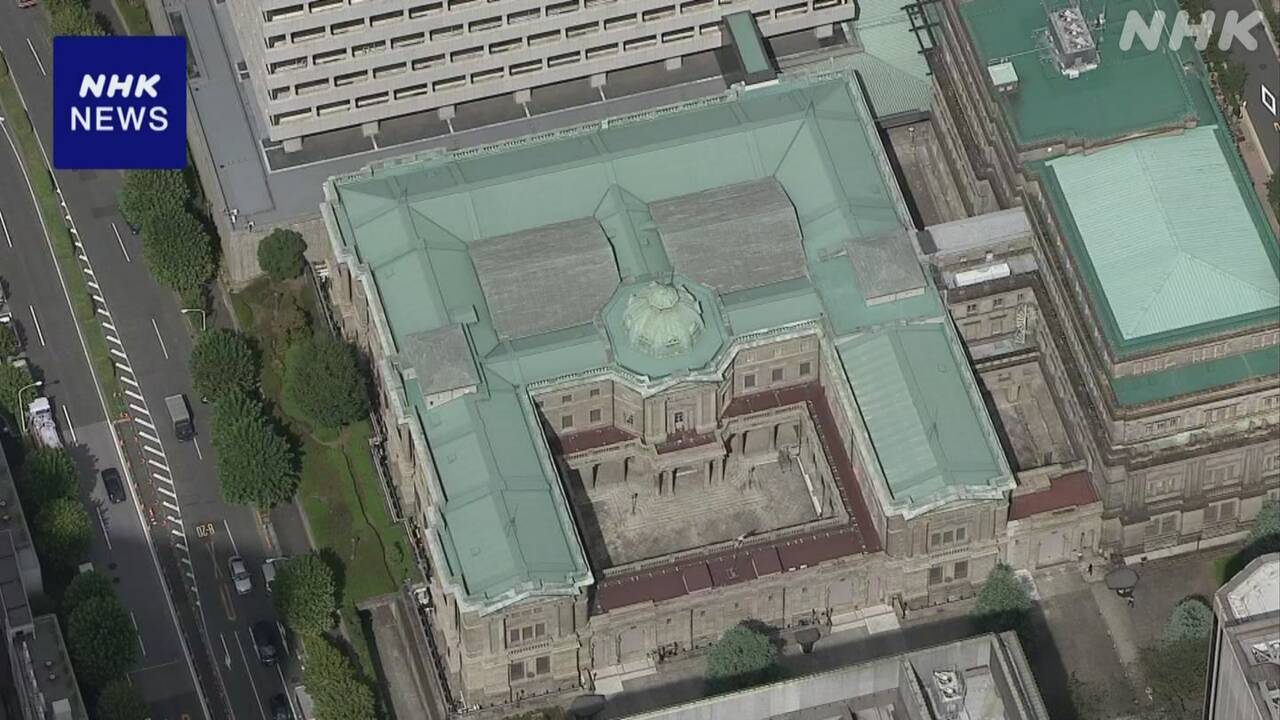The Bank of Japan will hold a monetary policy meeting for two days from the 18th next week.
We will review the wage and price situation based on the results of the spring labor wage increase announced on the 15th, and discuss whether the negative interest rate policy should be lifted.
The Bank of Japan has indicated that it will reverse its current large-scale monetary easing policy if it can see the achievement of its 2% price stability target in the form of wage increases.
There is a growing movement among domestic companies to pass on price increases, and the rate of increase in the consumer price index has continued to exceed the target level of 2% for 1 year and 10 months until January this year.
In addition, regarding this year's spring labor wage, which the Bank of Japan is attaching importance to, the average wage increase rate was 5.28%, according to Rengo's tally published on the 15th, which is the first time in 33 years that it has exceeded 5%.
Ahead of the monetary policy meeting to be held for two days starting on the 18th, Governor Ueda told the Diet this week that the spring labor movement is a major point, saying, ``We will make an appropriate decision after comprehensively examining the data that will be released, information from interviews, etc.'' "I will."
At the decision-making meeting, the Bank of Japan will carefully review the situation in wages and prices, taking into account data from the spring labor union.
We will then discuss large-scale changes to monetary easing measures, including whether to lift the negative interest rate policy and whether to change the framework of ``yield curve control,'' which suppresses long-term interest rates in addition to short-term interest rates.
If the Bank of Japan were to lift negative interest rates and raise them for the first time in 17 years, there is growing interest in the Bank of Japan's decision as it is expected to have an impact on the economy and financial markets.
Bank of Japan sends positive message about policy change
Since the beginning of this year, the Bank of Japan has used various opportunities to communicate its changes in monetary policy.
In January, Governor Ueda stated at a press conference after the monetary policy meeting that the ``certainty of achieving the 2% price stability target continues to increase little by little,'' indicating that the conditions for a policy change are being prepared. I recognized it.
Afterwards, in the ``main opinions'' of the January meeting that were made public, the attending members said, ``It is necessary to intensify the discussion on the exit,'' and ``We need to make policy revisions, including ending negative interest rates.'' It became clear that there were a number of positive statements toward policy change, such as "The requirements are being met."
In February, Deputy Governor Uchida, who has been deeply involved in the formulation of monetary policy for many years, said in a speech and subsequent press conference that the trend in wage increases, which he is focusing on when changing policy, said, ``There are several things in place that are better than last year.'' "There is," he pointed out.
He also stated, ``Even if negative interest rates are lifted, it is difficult to see that interest rates will continue to rise after that, and we will need to maintain an accommodative financial environment.'' suggested.
Also in February, Councilor Hajime Takada, one of the members who decide on monetary policy, emphasized in a speech that ``we are finally in a situation where we can see the achievement of the 2% price stability target,'' and added, ``We are in a situation where we can finally see the achievement of the 2% price stability target.'' I think it is necessary to consider a gear shift, including exit measures such as lifting negative interest rates."
Furthermore, in March, Council Member Junko Nakagawa gave a speech saying, ``We believe we can see a virtuous cycle between wages and prices.We are making steady progress toward achieving the 2% price stability target.'' In addition, he indicated that when reviewing monetary policy, the Bank will judge whether there is a need to modify policy instruments such as negative interest rates and a framework called ``yield curve control.''
In response to these communications from the Bank of Japan, the view that a policy change is imminent is gradually gaining strength in financial markets.

